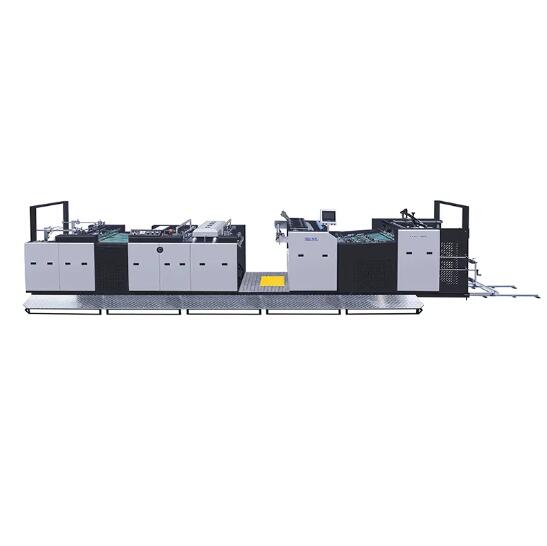Seamless Versatility: Exploring How Automatic Laminating Machines Handle Different Sizes and Types of Documents or Materials
2024-01-12
Introduction:
Automatic laminating machines have revolutionized the way we protect and enhance various documents and materials. Their versatility in handling different sizes and types of documents is a key factor in their popularity. In this blog, we'll delve into the intricacies of how these machines seamlessly accommodate a diverse range of sizes and materials, making them indispensable tools in various industries.
1. Versatile Size Handling:
Automatic laminating machines are designed to handle a broad spectrum of document sizes. From standard letter and legal sizes to larger formats like posters and banners, these machines offer versatile size-handling capabilities. This flexibility makes them suitable for a myriad of applications, catering to the diverse needs of users.
2. Adjustable Feed Systems:
To accommodate different sizes, these machines often feature adjustable feed systems. Users can customize the feeding mechanism to match the dimensions of the document they are laminating. This adaptability ensures a smooth and efficient laminating process regardless of the size of the material.
3. Rollers and Conveyor Belts:
Automatic laminating machines utilize rollers and conveyor belts in their design to facilitate the smooth feeding of various document sizes. These components work together to ensure even pressure and consistent lamination across the entire surface of the material, regardless of its size or thickness.
4. Sensor Technology:
Many modern automatic laminating machines are equipped with advanced sensor technology. These sensors detect the size and thickness of the document being fed into the machine. Based on this information, the machine automatically adjusts its settings to ensure precise and optimal laminating results.
5. Variable Speed Control:
Different sizes and types of materials may require varying speeds during the laminating process. Automatic laminating machines often feature variable speed control, allowing users to adjust the speed according to the specific requirements of the document or material being laminated.
6. Compatibility with Multiple Film Thicknesses:
Beyond handling different sizes, these machines are designed to accommodate various film thicknesses. Whether laminating thin documents or thicker materials, users can select the appropriate laminating film, and the machine will adjust its settings accordingly for consistent and reliable results.
7. Double-Sided Laminating Capability:
Some automatic laminating machines go a step further by offering double-sided laminating capabilities. This means they can seamlessly handle documents or materials that require lamination on both sides. This feature is particularly valuable for applications where enhanced protection and durability are essential.
8. Pre-Set Programs for Common Sizes:
To enhance user convenience, many automatic laminating machines come with pre-set programs for common document sizes. Users can simply select the appropriate program, and the machine will automatically adjust its settings to ensure optimal lamination without the need for manual adjustments.
Conclusion:
The ability of automatic laminating machines to handle different sizes and types of documents or materials is a testament to their versatility and user-friendly design. Whether dealing with standard office documents, large-format posters, or unique sizes, these machines seamlessly adapt to diverse needs. As technology continues to advance, the evolution of automatic laminating machines contributes to an efficient and versatile landscape for document protection and enhancement.



